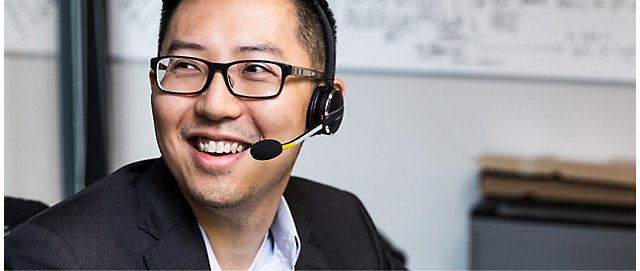Advancing automated driving systems requires improved accuracy in imaging and sensing technologies, along with extensive data processing. Currently, the on-premises infrastructure needs time and effort to manage large data and machine learning tasks.
Sony Semiconductor Solutions Corporation migrated its development environment to Azure and introduced AVOps, a reference architecture for automated driving development. With this environment, the company’s "Sensor Fusion System" development has progressed significantly.
AVOps streamlines data ingestion, annotation and machine learning workflows, accelerating the development of sensor fusion systems and improving recognition performance. An image scene analyzing system using Azure AI Studio is now being validated.









Follow Microsoft